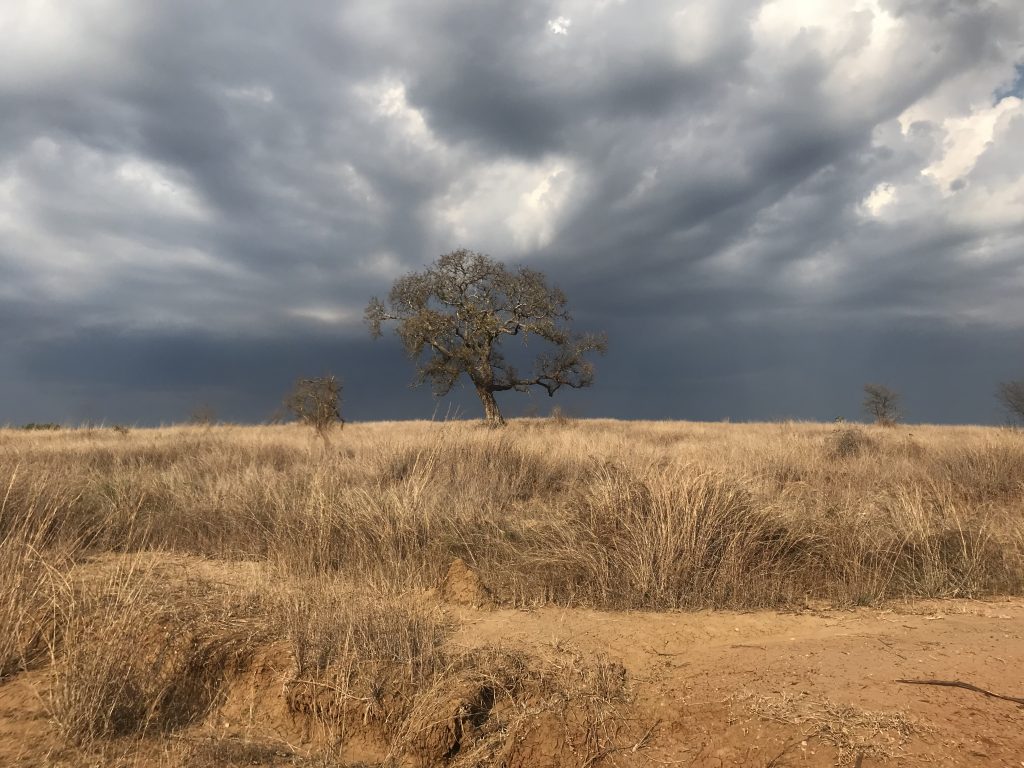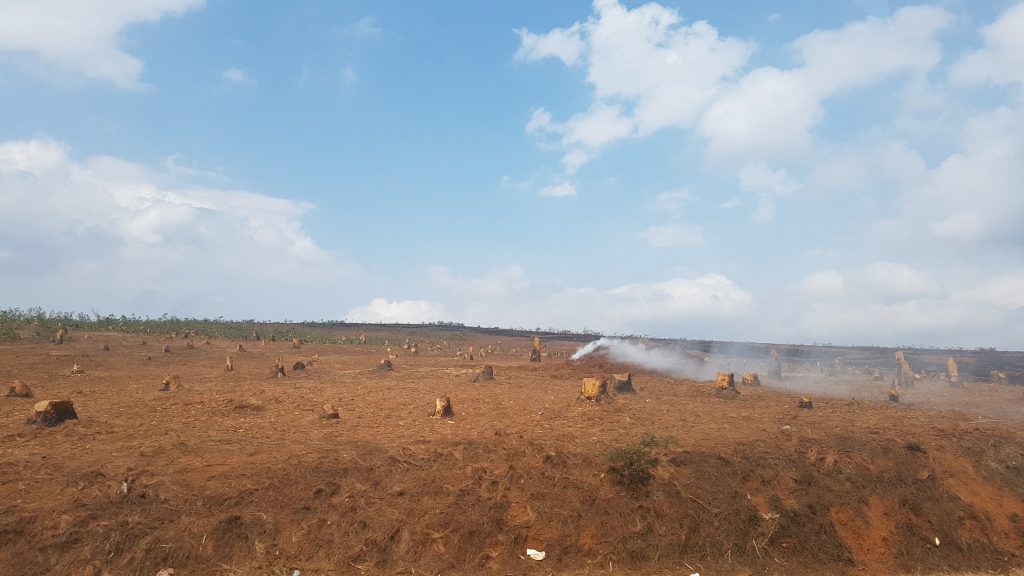Madagascar had been a destination on my wish-list for a long time: due to its unique and isolated location it was said to be an amazing flora and fauna paradise. It is estimated that around 70-80% of the animals found on the world’s fourth biggest island are endemic: they are to be found only on this island. Interestingly, Madagascar used to be the home to megafauna in the past too: animals generally considered to be larger than humans. On the island once roamed giant elephant birds, weighing up to almost 900kg and with eggs eight times larger than an ostrich’s. Sloth lemurs bigger than a panda, weighing in at 150 kgs. It seems unimaginable that these animals existed in real life, especially as today no animal heavier than a car tire exists on the island. Around 3,000 years ago a rapid decline of the megafauna could be observed. Humans substantially changing the island habitat from a forest to a grassland landscape resulted in a mass extinction of the giant species that once lived there. Deforestation still continues today and many species are at risk of extinction, including 95% of the country’s lemurs – the island’s iconic, rare primates. It is not a surprising trend: citizens burn forests to generate fertile agriculture lands and lemur hunting prevails due to serious hunger across the nation. Madagascar with its circa 25 million inhabitants ranks among the lowest countries worldwide on the human capital index and has the fourth highest rate of malnutrition (source: Worldbank). To paint a picture: The 2005 animated Dreamworks movie Madagascar released over 500 million US dollars, equaling to around 10% of the 2005 GDP of the country that the movie was set in. Despite its underdevelopment and low numbers of annual visitors (293,000 tourists in 2016), the country has a high potential for tourism. It is a place like no other, which is why it is often referred to as the world’s eighth continent.

Rain about to poor over the dry landscape 
Deforestation